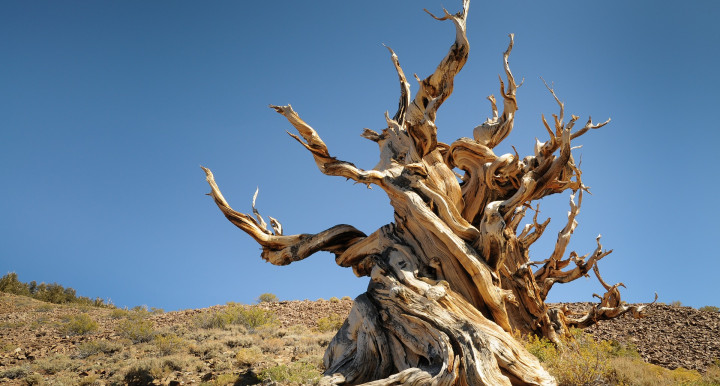As a result of rapidly rising temperature in Alaska, glaciers are melting, sea ice is diminishing, lake levels are dropping, and precipitation patterns are changing. These rapid changes are superimposed upon naturally occurring patterns of climate variability in the North Pacific and Arctic Ocean basins, and must be interpreted in the context of these longer-term changes.


